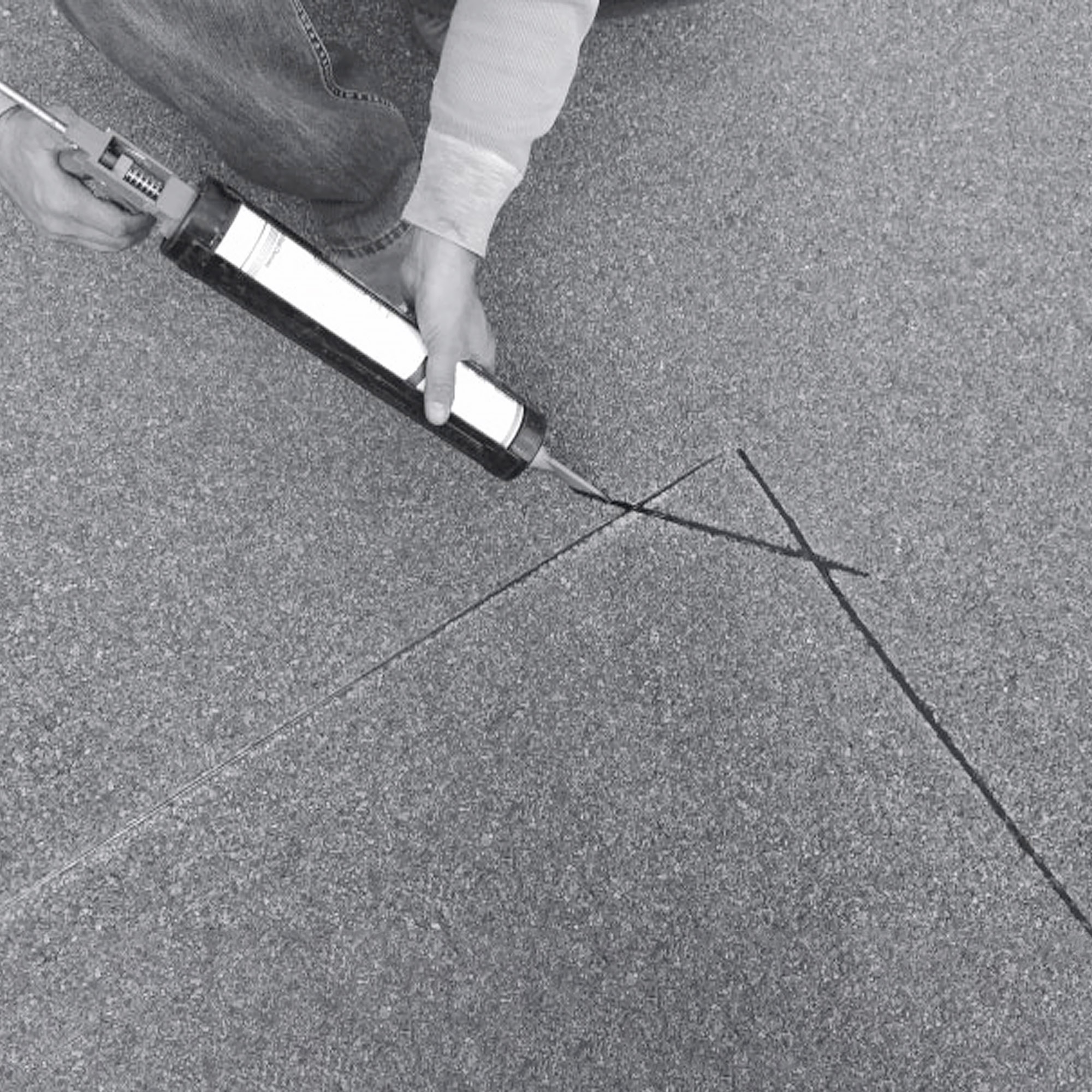Gate Opener Safety Tips
1. Stand Clear: Motorized sliding and swinging gates can be dangerous. When a motorized gate is opening or closing, stay clear of the motion of the gate. Entrapment can cause injury or death.
2. Look for the Listing Mark: For safety, make sure that the vehicular gate opener being installed on your property bears the "mark" of a nationally recognized testing laboratory such as "UL" or "ETL." These marks identify that the product has been tested and complies with the UL 325 Standard for Safety.
3. Don't Reach Through: Never reach through a motorized gate to operate the gate opener controls. Reaching through a gate to operate a control device is extremely dangerous. The UL Safety Standard for gate openers prohibits controls from being positioned within reach of the gate or gate opener.
4. 10-Foot Rule: Gate controls must be installed and positioned so that a person using the control cannot touch the gate or gate opener. As a rule of thumb, controls should be installed a minimum of 10 feet away from the gate. If your gate opener system allows a person to "reach through" the gate to operate the control, immediately shut off power to the gate system and contact a professional gate system company to move or disconnect the control.
5. Warn Children: Do not allow children to play on automated gates. This could be a deadly game. Take time to teach children about the importance of safety in the vicinity of an automated gate.
6. Inherent Reverse: Since March 2000, gate openers that are listed by a nationally recognized testing laboratory and are intended for use by the public (1) must include an inherent reversing feature and (2) must be installed with a secondary entrapment device such as photoelectric eyes or reversing edges. Older automatic gates generally do not have these built-in sensitivity systems that can detect objects that may be caught in the gate. If your gate opener lacks this type of system that can detect obstructions in BOTH the opening and closing cycles, it's time to replace your gate opener.
7. Do It Yourself?: Installing a vehicular gate opener system is not a DIY Project. Gates are heavy, and these systems generate high levels of force that can create hazards if the system is not properly installed. Gate openers cannot be simply "plugged in." They require detailed installation procedures, installation of secondary entrapment prevention devices, and installation of vehicular detection devices. They must also be installed in compliance with the UL 325 Safety Standard, and the gate itself needs to comply with ASTM F2200. If you need an automated vehicular gate system installed, contact a professional gate systems installation company.
8. Maintenance: Like all electro-mechanical devices, your automated gate system requires periodic maintenance and testing. Follow the recommended maintenance and testing schedule in your gate opener owner’s manual. Ask your professional automated gate system installer about a service contract to keep your gate system running safely and smoothly.
9. Know Your System: Ask your professional gate system company to demonstrate the safety systems associated with your gate opener. Make sure you know how to safely test these systems. It's also important to know how to manually operate your gate opener in the event of a power outage or system failure.
10. Pinch Points: According to ASTM F2200, all exposed rollers in sliding gates must have covers or guards to protect pinch points. These covers prevent hands or feet from getting caught between the gate and the roller. If your sliding gate does not have roller covers or guards, contact a trained vehicular gate opener technician to have appropriate guards installed on your gate system.




